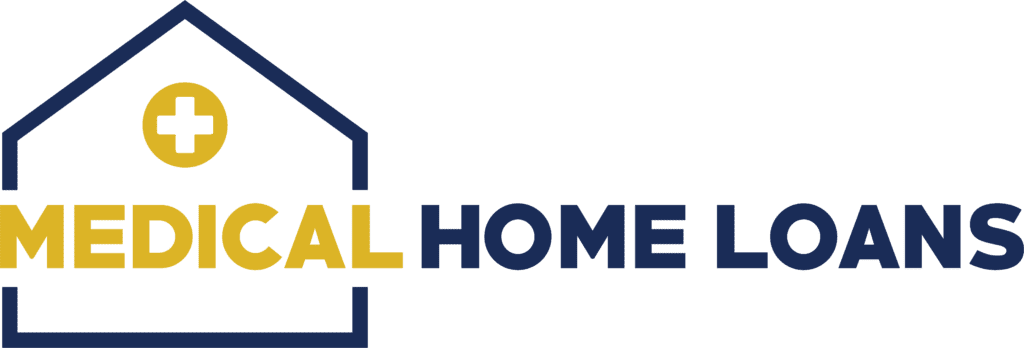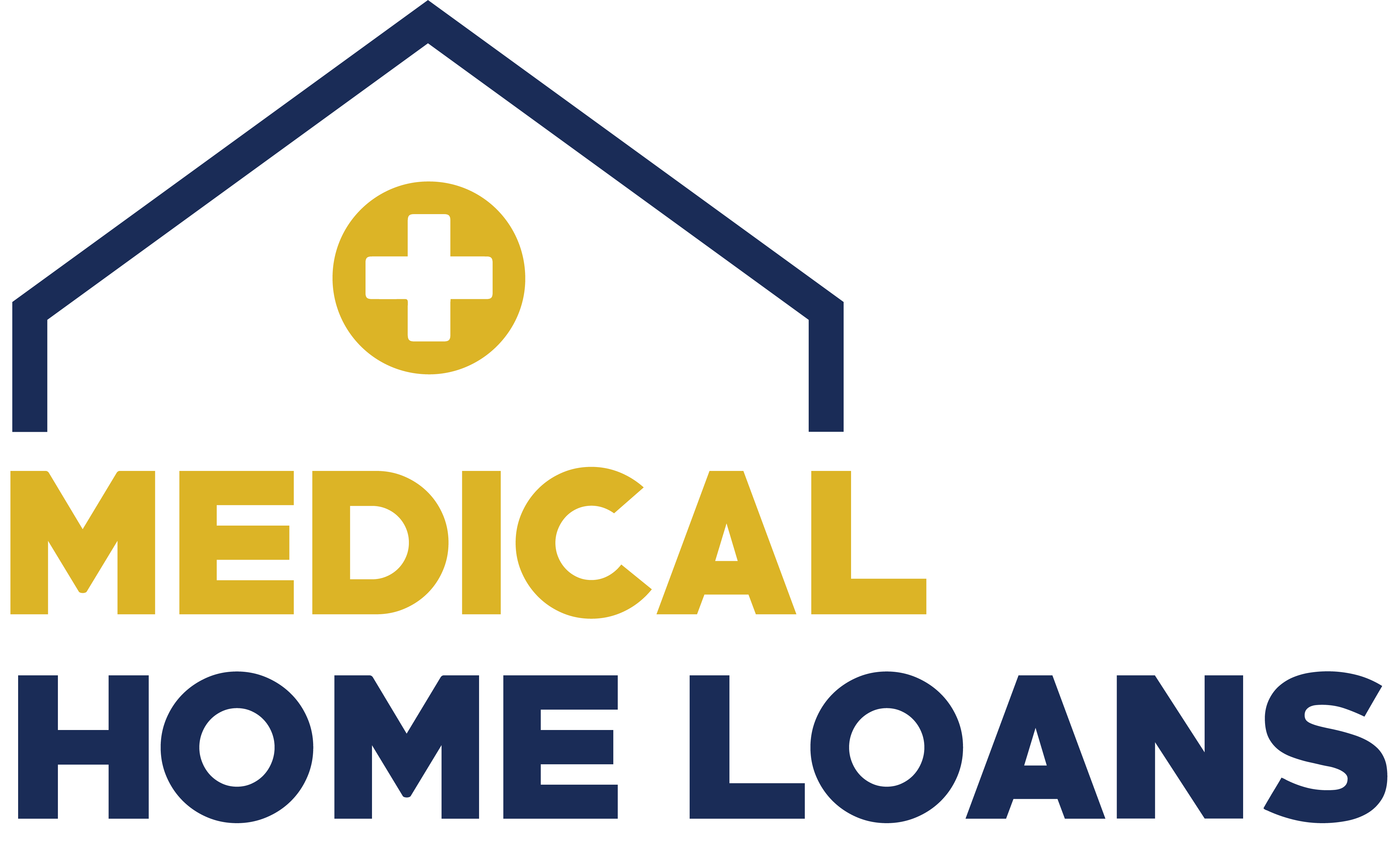When it comes to mortgages, there are two primary options to choose from: adjustable-rate mortgages (ARMs) and fixed-rate mortgages. Each type of mortgage has its own benefits and drawbacks and deciding which one is right for you will depend on a number of factors.
Key Takeaways:
- Adjustable rate mortgages (ARMs) have a lower initial interest rate but can be subject to rate hikes and higher monthly payments over time, while fixed-rate mortgages have a stable interest rate for the life of the loan but typically have a higher initial interest rate.
- The choice between an ARM and a fixed-rate mortgage depends on individual circumstances and priorities. ARMs may be suitable for those who plan to sell or refinance before the rate adjusts, while fixed-rate mortgages may be better for those who value stability and certainty in their monthly mortgage payment over a long period of time.
- It is crucial to weigh the pros and cons of each option and work with a mortgage professional to find the best option for one’s needs.
What is an Adjustable Rate Mortgage (ARM)?
An adjustable-rate mortgage, also known as a variable rate mortgage, is a type of mortgage where the interest rate can fluctuate over the life of the loan. The interest rate on an ARM is usually tied to a benchmark index, such as the LIBOR or the Treasury index, which can change over time. The interest rate on an ARM is typically lower than that of a fixed rate mortgage at the beginning of the loan but can increase or decrease over time, depending on market conditions.
tied to a benchmark index, such as the LIBOR or the Treasury index, which can change over time. The interest rate on an ARM is typically lower than that of a fixed rate mortgage at the beginning of the loan but can increase or decrease over time, depending on market conditions.
The interest rate on an ARM is typically adjusted on a regular basis, such as once a year or once every six months. When the interest rate is adjusted, the monthly mortgage payment can go up or down, depending on the direction of the rate change. Most ARMs have a cap on how much the interest rate can increase or decrease at any one time, as well as a lifetime cap on how high the interest rate can go.
What is a Fixed Rate Mortgage?
A fixed rate mortgage, as the name suggests, is a type of mortgage where the interest rate is fixed for the life of the loan. The interest rate on a fixed rate mortgage is determined at the time the loan is originated and does not change over time. This means that the monthly mortgage payment is also fixed for the life of the loan, making it easier for borrowers to budget their monthly expenses.
Fixed rate mortgages are usually available in terms of 15, 20, or 30 years, although some lenders offer other terms as well. The interest rate on a fixed rate mortgage is typically higher than that of an ARM at the beginning of the loan, but borrowers are protected from any rate hikes in the future.
Advantages of Adjustable Rate Mortgages
One of the biggest advantages of an adjustable rate mortgage is the lower initial interest rate. This can make it easier for borrowers to qualify for a larger loan or to afford a home that would otherwise be out of their price range. The lower initial interest rate can also help borrowers save money on their monthly mortgage payments, especially if they plan to refinance or sell their home before the interest rate starts to adjust.
Another advantage of an adjustable rate mortgage is the possibility of a lower interest rate in the future. If market conditions change and interest rates fall, borrowers with an ARM can benefit from a lower monthly mortgage payment. This can be especially beneficial for borrowers who plan to stay in their home for a short period of time, as they can take advantage of the lower interest rate without worrying about any future rate hikes.
Disadvantages of Adjustable Rate Mortgages
The biggest disadvantage of an adjustable rate mortgage is the uncertainty of future interest rate hikes. Borrowers with an ARM are at the mercy of market conditions, and if interest rates rise significantly, their monthly mortgage payment can increase significantly as well. This can make it difficult for borrowers to budget their monthly expenses and can cause financial stress if the rate hike is significant.
Another disadvantage of an ARM is the potential for negative amortization. If the interest rate on an ARM increases, but the monthly mortgage payment does not increase enough to cover the additional interest, the remaining interest is added to the principal balance of the loan. This can result in a larger loan balance and higher monthly payments in the future.
Advantages of Fixed Rate Mortgages
One of the biggest advantages of a fixed rate mortgage is the stability of the monthly mortgage payment. Because the interest rate is fixed for the life of the loan, borrowers can budget their  monthly expenses with certainty and don’t have to worry about any sudden rate hikes. This can be especially beneficial for borrowers who plan to stay in their home for a long period of time, as they can enjoy the stability of the fixed rate over many years.
monthly expenses with certainty and don’t have to worry about any sudden rate hikes. This can be especially beneficial for borrowers who plan to stay in their home for a long period of time, as they can enjoy the stability of the fixed rate over many years.
Another advantage of a fixed rate mortgage is the ability to lock in a low-interest rate. If interest rates are low when a borrower takes out a fixed rate mortgage, they can enjoy that low rate for the life of the loan, even if rates rise in the future. This can provide significant savings over the life of the loan and can be especially beneficial for borrowers who plan to stay in their home for a long period of time.
Disadvantages of Fixed Rate Mortgages
One of the biggest disadvantages of a fixed rate mortgage is the higher initial interest rate. Because the interest rate is fixed for the life of the loan, lenders have to price in the possibility of future rate hikes when setting the initial rate. This can make it more difficult for borrowers to qualify for a loan or to afford a more expensive home.
Another disadvantage of a fixed rate mortgage is the potential for missed opportunities. If interest rates fall significantly after a borrower takes out a fixed rate mortgage, they will not be able to take advantage of the lower rates without refinancing. This can result in missed opportunities for significant savings on monthly mortgage payments over the life of the loan.
Which is Right for You?
Deciding between an adjustable rate mortgage and a fixed rate mortgage will depend on a number of factors, including your financial situation, your future plans, and your tolerance for risk.
If you are comfortable with the potential for rate hikes in the future and plan to sell or refinance your home before the rate adjusts, an adjustable-rate mortgage may be a good option for you. This can help you save money on monthly payments in the short term and potentially take advantage of lower rates in the future.
If you value stability and certainty in your monthly mortgage payment and plan to stay in your home for a long period of time, a fixed rate mortgage may be a better option. This can provide peace of mind and help you budget your monthly expenses with certainty.
 Ultimately, the decision between an adjustable rate mortgage and a fixed rate mortgage will depend on your individual circumstances and preferences. It’s important to carefully consider your options and work with a trusted mortgage professional to find the best option for your needs.
Ultimately, the decision between an adjustable rate mortgage and a fixed rate mortgage will depend on your individual circumstances and preferences. It’s important to carefully consider your options and work with a trusted mortgage professional to find the best option for your needs.
Conclusion
Adjustable rate mortgages and fixed rate mortgages each have their own benefits and drawbacks and deciding which one is right for you will depend on a number of factors. ARMs can offer lower initial interest rates and the possibility of future rate decreases but can also be subject to rate hikes and potential negative amortization. Fixed rate mortgages offer stability and certainty in monthly payments but can have higher initial interest rates and potentially missed opportunities for savings. Ultimately, the decision between an ARM and a fixed rate mortgage will depend on your individual circumstances and priorities.







